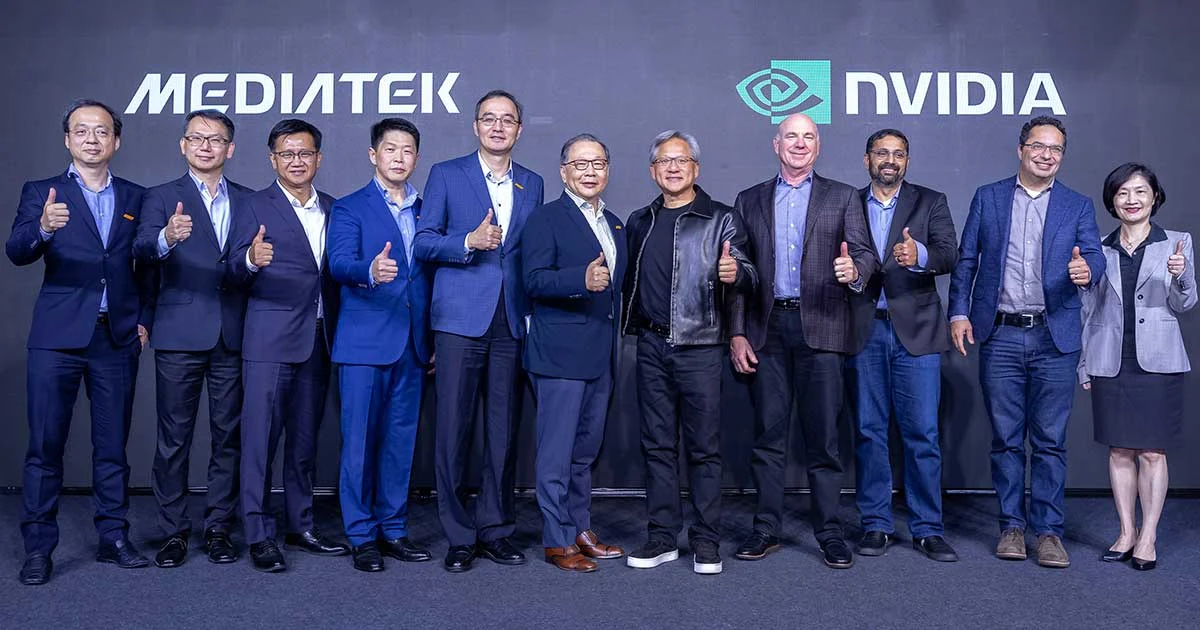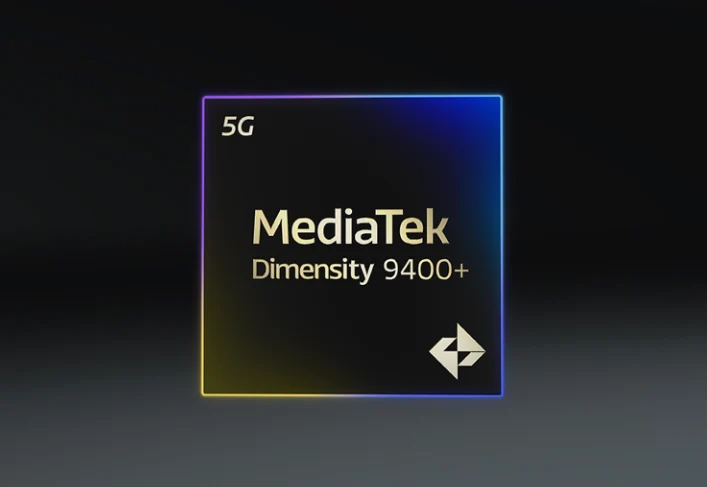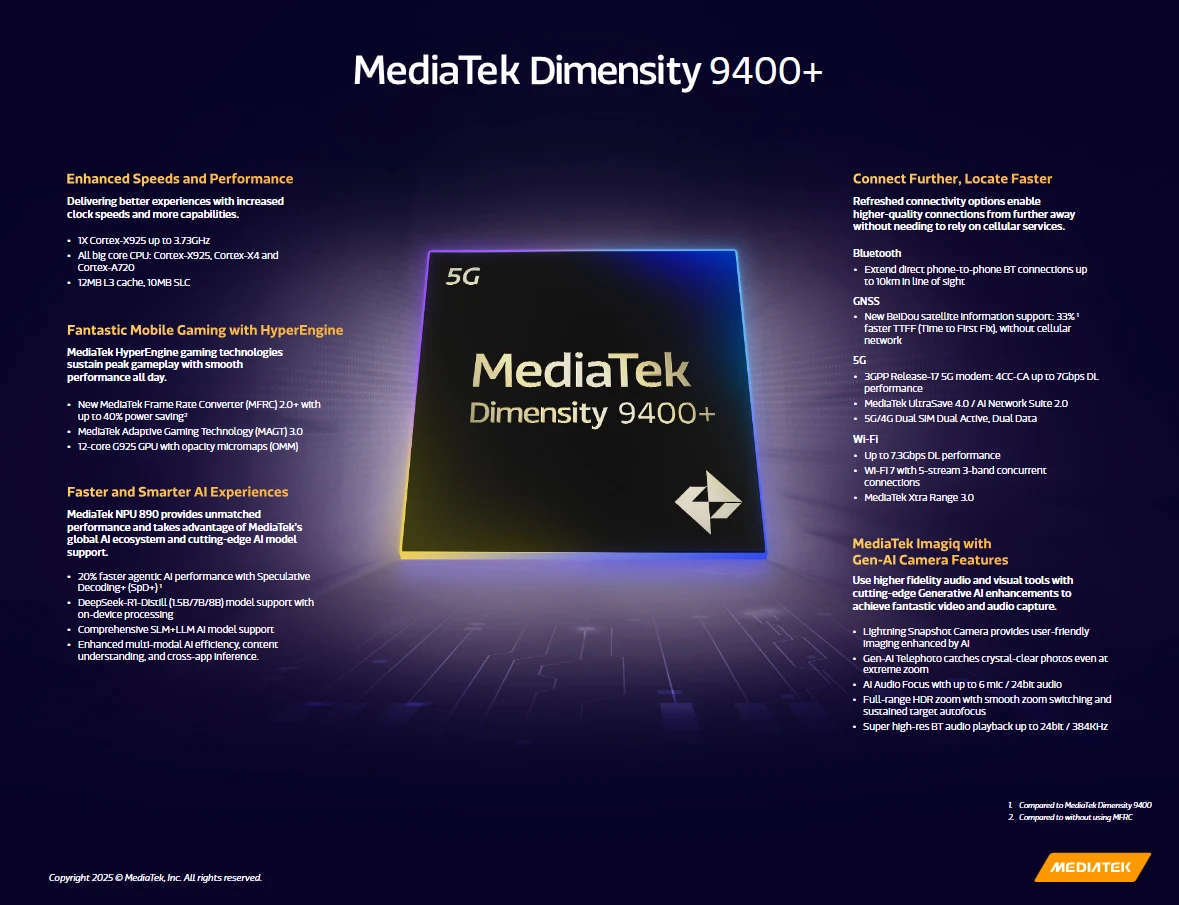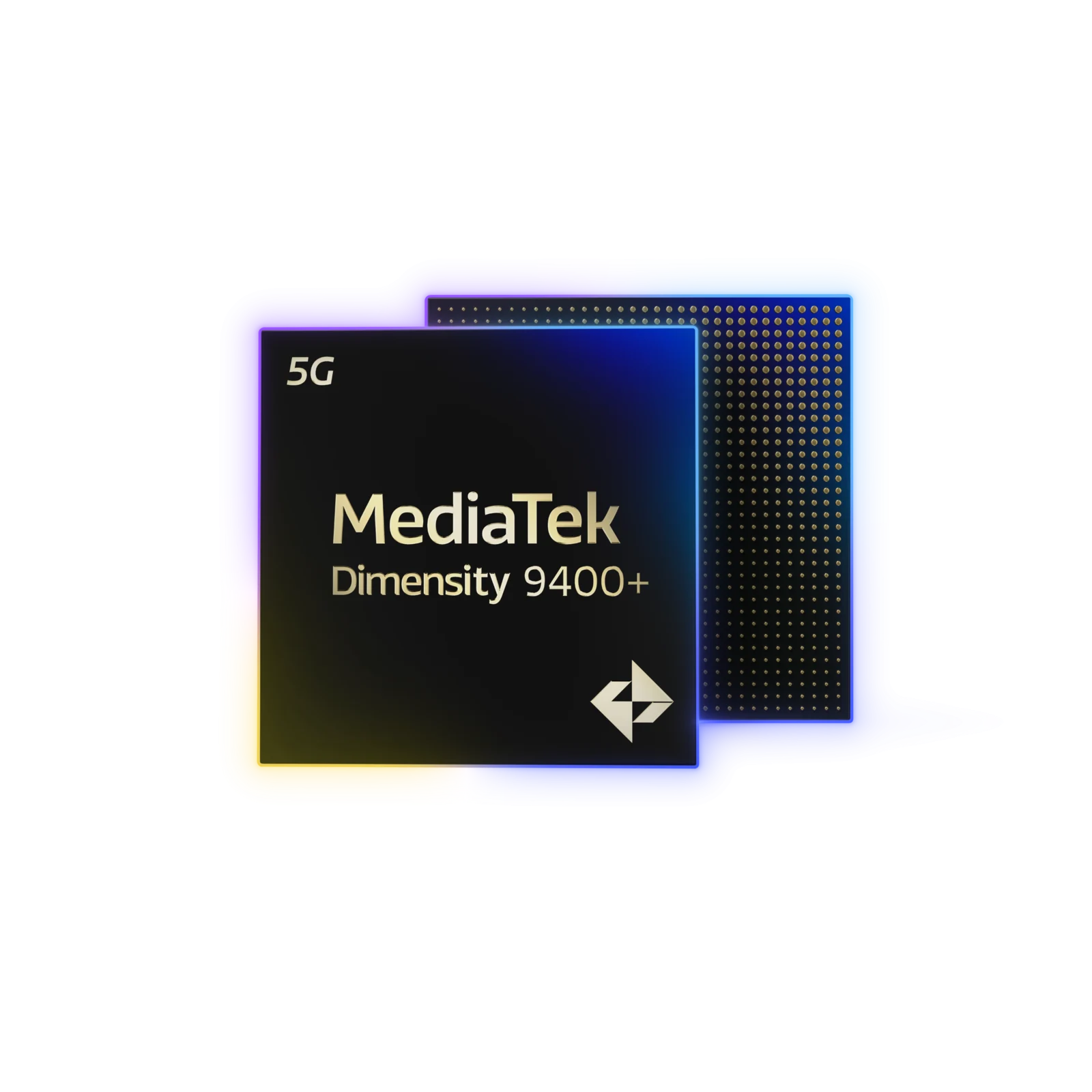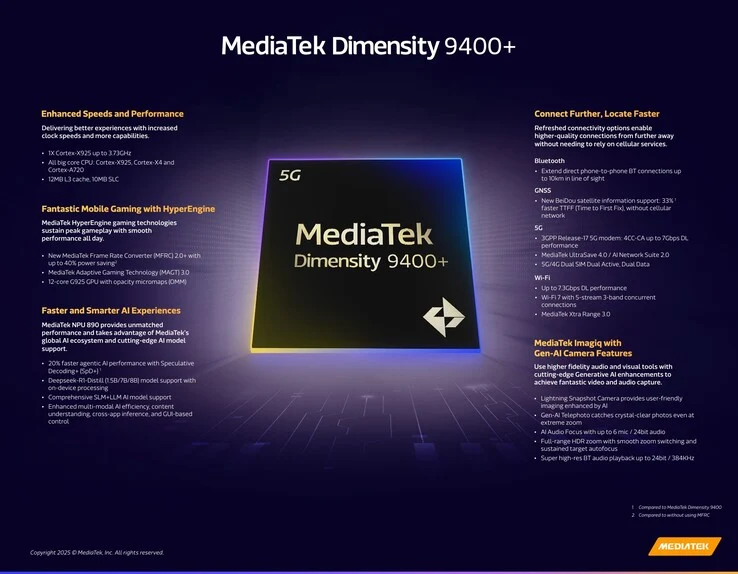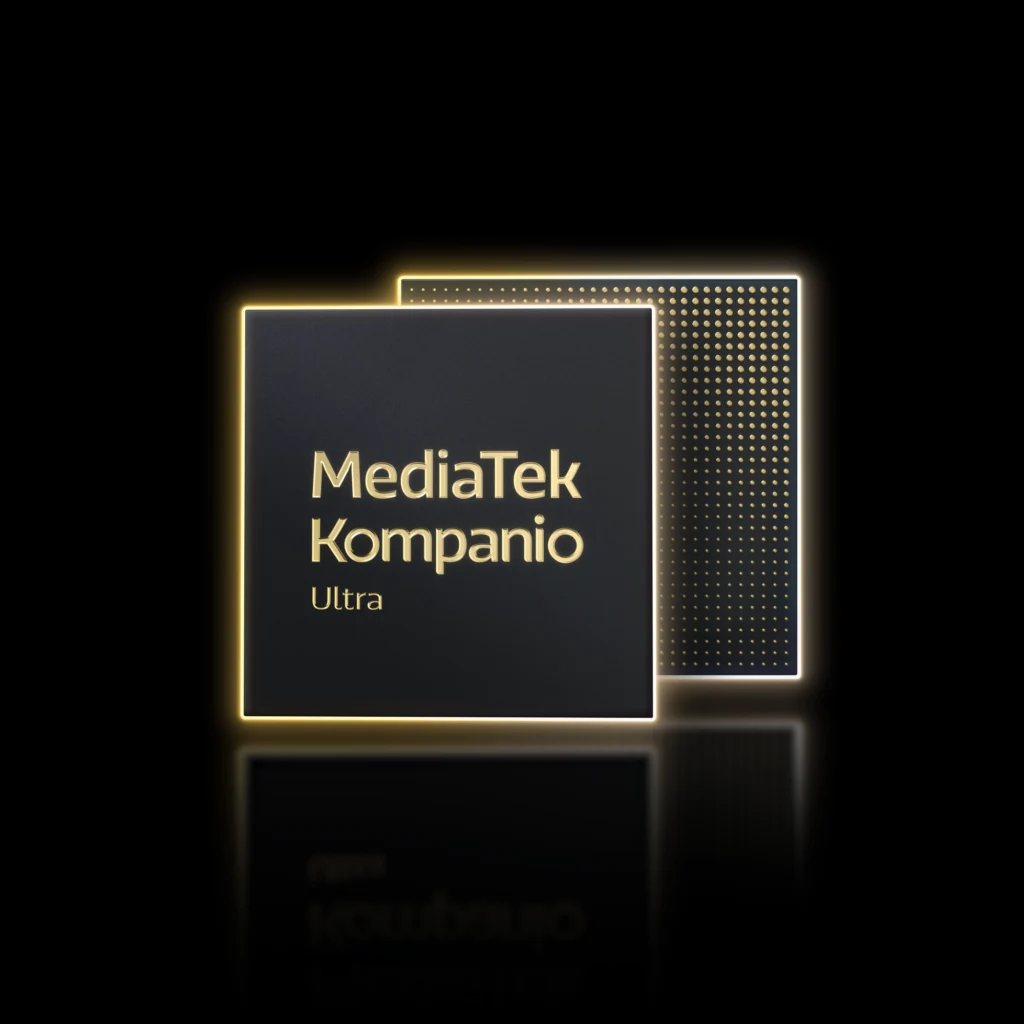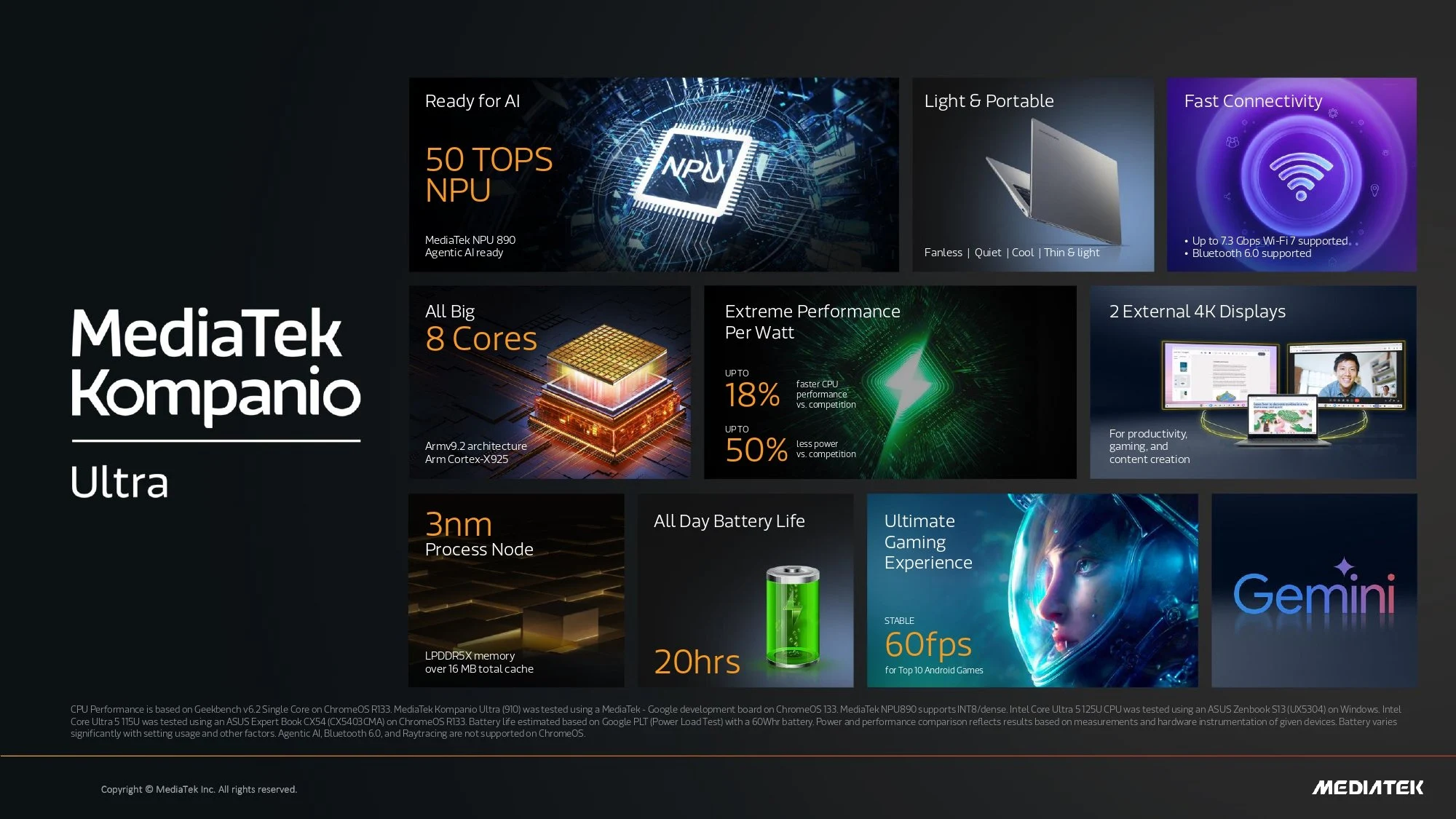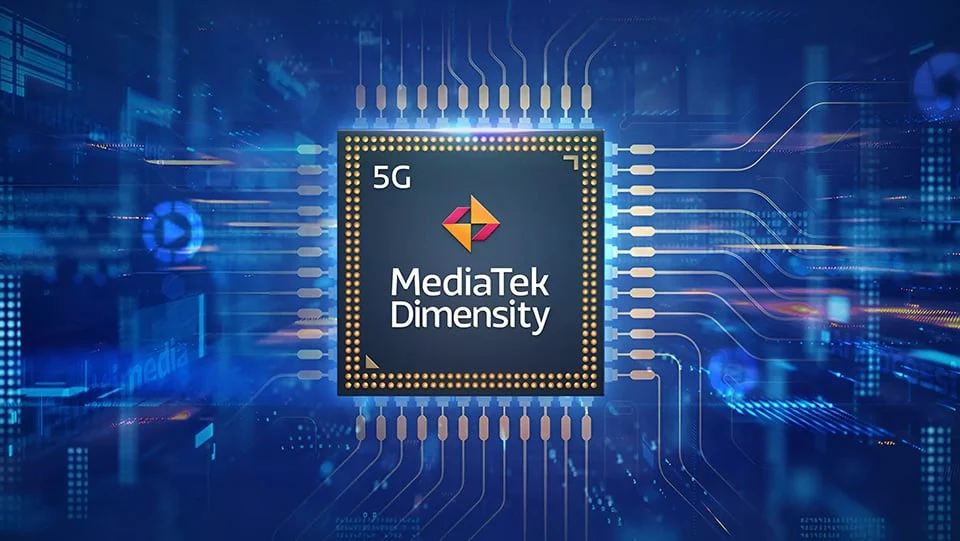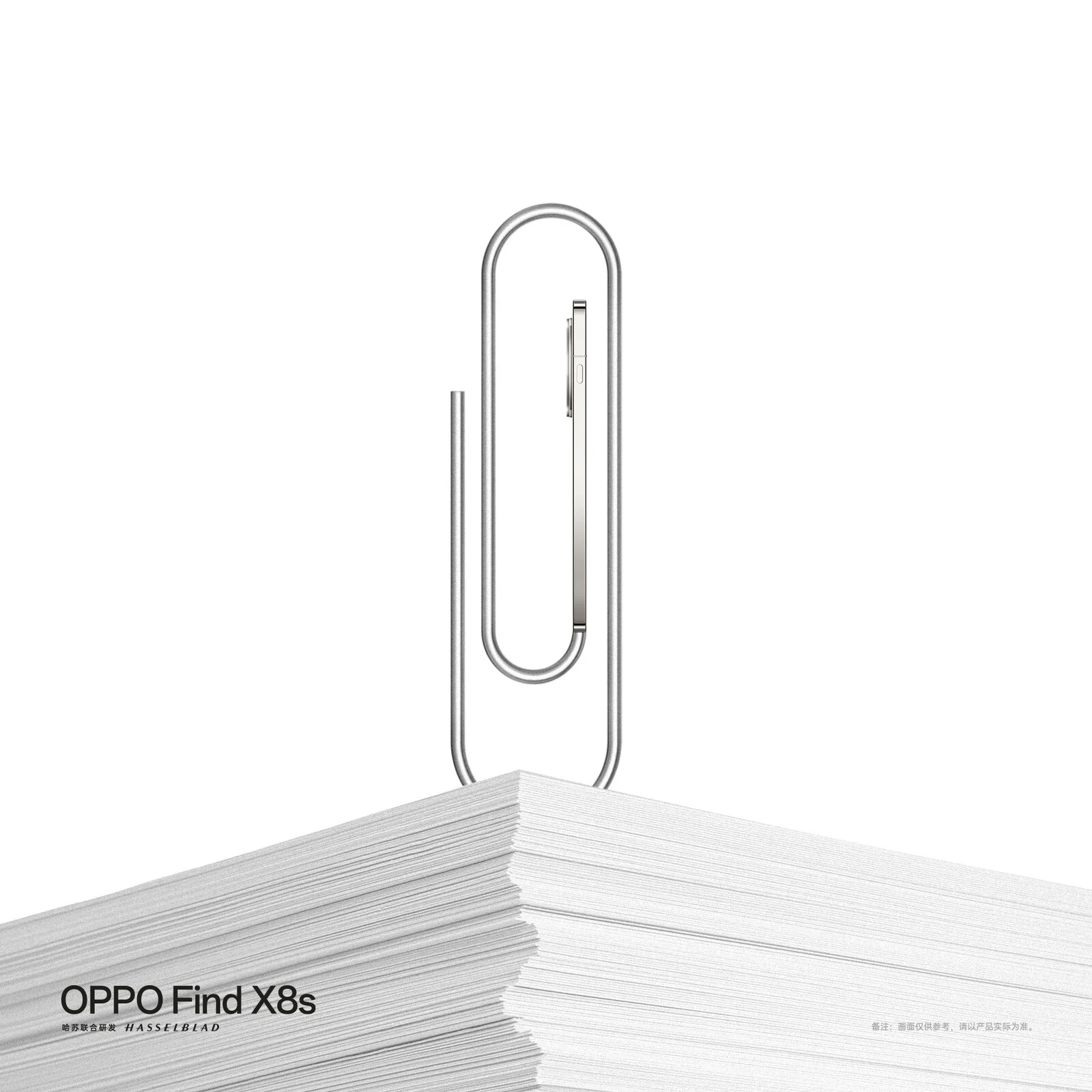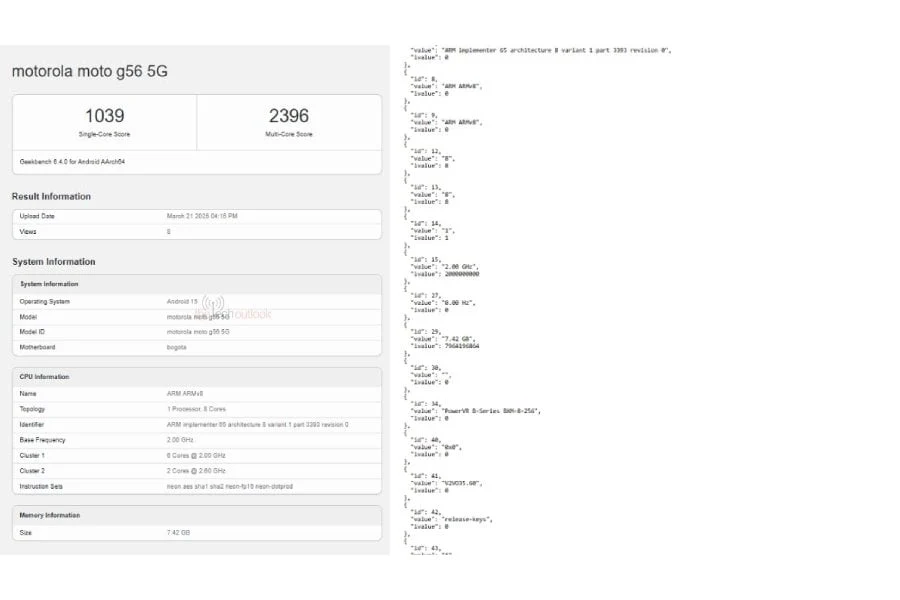Key Takeaways
1. MediaTek is rebranding its upcoming chip from Dimensity 9350 to Dimensity 9400e, positioning it closer to flagship offerings.
2. The Dimensity 9400e is expected to outperform the Dimensity 9300+ with enhanced clock speeds and an all-big-core CPU strategy.
3. The chip will likely retain the Immortalis-G720 GPU and see improvements in AI performance through optimized architecture.
4. Manufacturing on TSMC’s 4nm process could enhance efficiency, power management, and thermal performance.
5. The Dimensity 9400e is expected to power mid-premium smartphones like the OnePlus Ace 5V and Realme devices, intensifying competition in the sub-flagship market.
MediaTek is gearing up for a strategic shift in the competitive sub-flagship market, taking cues from Qualcomm. Initially anticipated to be released as the Dimensity 9350, this chip is now likely set to debut as the Dimensity 9400e. This rebranding indicates that MediaTek aims to position this new model closer to its flagship offerings rather than merely adding another option to the mid-high tier Dimensity 9300 range.
Performance Expectations
Leaked information from reliable Chinese source Digital Chat Station suggests that the Dimensity 9400e will provide real performance improvements, not just a marketing gimmick. It’s rumored to be deserving of the label “9300++,” hinting at its capability to exceed the already enhanced Dimensity 9300+.
Core Configuration
At the core of the Dimensity 9400e, it’s believed to feature the same configuration as the 9300 and 9300+: one Cortex-X4 prime core, three Cortex-X4 performance cores, and four Cortex-A720 cores. This totals eight performance-oriented cores without any efficiency cores—showcasing MediaTek’s commitment to its all-big-core CPU strategy, first introduced with the 9300.
What sets this version apart? Enhanced clock speeds. The 9400e is expected to push these frequencies beyond those of the 9300+, which already had the prime Cortex-X4 clocked at 3.4GHz. This change could result in noticeable improvements in burst performance and multitasking capabilities. Anticipate benchmark results that may surpass those of the Snapdragon 8s Gen 3 and potentially challenge Qualcomm’s upcoming 8s Gen 4, which also aims for the sub-flagship market.
Graphics and AI Advancements
There’s currently no official word regarding changes to the GPU; however, the Dimensity 9400e is likely to keep the Immortalis-G720 GPU, which has shown strong performance in the 9300 series, particularly with its 46% better ray tracing support. Incremental boosts in AI performance can also be expected, likely owing to optimized tuning of MediaTek’s APU 790 and enhancements in its “NeuroPilot” architecture.
Efficiency and Manufacturing
Efficiency is another important aspect of this chip. The Dimensity 9400e might be manufactured using TSMC’s 4nm process node, similar to its predecessors. While specifics remain vague, any improvements in power management or thermal performance could have a significant impact—especially for a chip that emphasizes high performance across all cores.
Future Devices
The Dimensity 9400e is poised to power a variety of performance-oriented mid-premium Android smartphones expected to launch later this year. Leading this lineup might be the OnePlus Ace 5V, a device rumored to feature an impressive 7,000mAh battery and a flat 1.5K display. This model is likely the successor to the Ace 3V, which was rebranded as the Nord 4 for international markets. It’s reasonable to assume that the Ace 5V could eventually make its way outside of China as the Nord 5.
Realme is also reportedly looking to adopt the 9400e, making this chip a formidable player in the upper-midrange segment where performance and value meet.
MediaTek’s Competitive Strategy
MediaTek’s choice to rename the 9350 to Dimensity 9400e mirrors Qualcomm’s rebranding approach with the Snapdragon 8s Gen 4 (previously known as the 8s Elite). Both companies are merging the lines between flagship and sub-flagship categories, providing near-top-tier performance in devices that don’t necessarily come with hefty price tags.
This strategy is a wise one. With the Dimensity 9400e, MediaTek could sustain the positive momentum from its successful 9300 series and demonstrate that it can compete in the high-performance arena alongside Qualcomm. Furthermore, this sets the stage for a more crowded and competitive premium mid-range smartphone market in 2025.
No official date for the launch has been disclosed yet, but if the leaks hold true, MediaTek is close to making an announcement. If the expected performance and efficiency improvements come to fruition, the Dimensity 9400e could emerge as the sub-flagship chip to watch this year.
Additionally, MediaTek is scheduled to unveil the Dimensity 9400+ on April 11th, which has already appeared in various benchmark listings.

